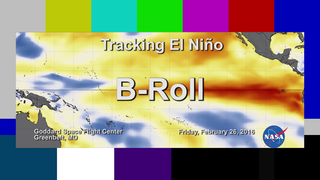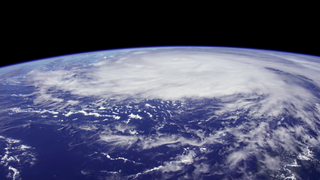Earth
ID: 12114
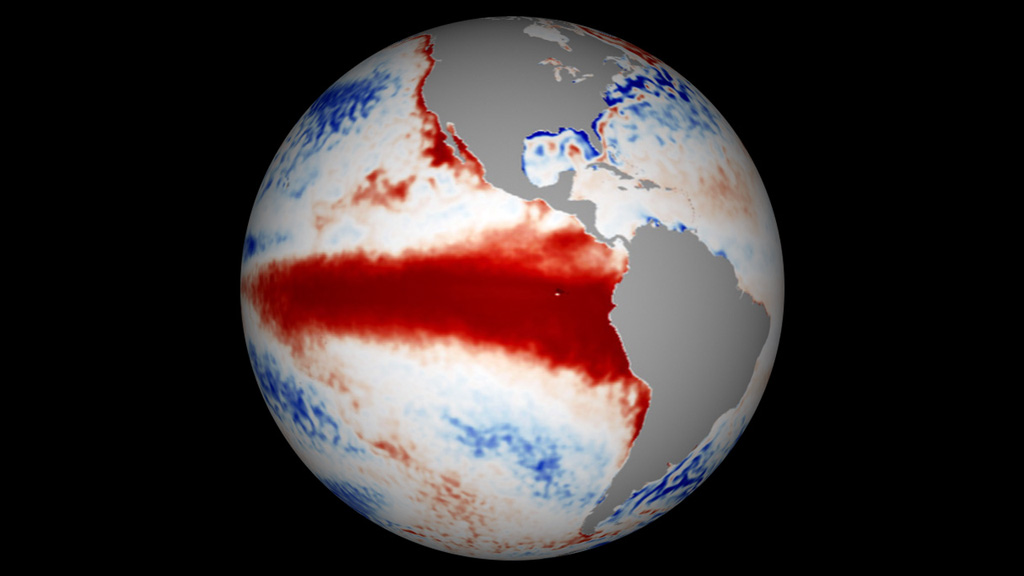
People the world over are feeling, or soon will feel, the effects of the strongest El Niño event since 1997-98, currently unfolding in the eastern equatorial Pacific Ocean. An El Niño, which is a reoccurring natural phenomenon, happens when sea surface temperatures in the equatorial Pacific Ocean warm up. The increased ocean surface temperatures influence air and moisture movement around the globe. The changes have broad effects, altering everything from rainfall patterns to the frequency and intensity of wildfires. Approximately 15 years of observations by NASA's fleet of Earth-observing satellites show how El Niños affect multiple interconnected Earth systems. New data and images collected from space in the coming months will help scientists examine the impacts of this year's El Niño and continue to explore how our planet and lives will be affected by El Niño events in the future. Watch the video to learn more.
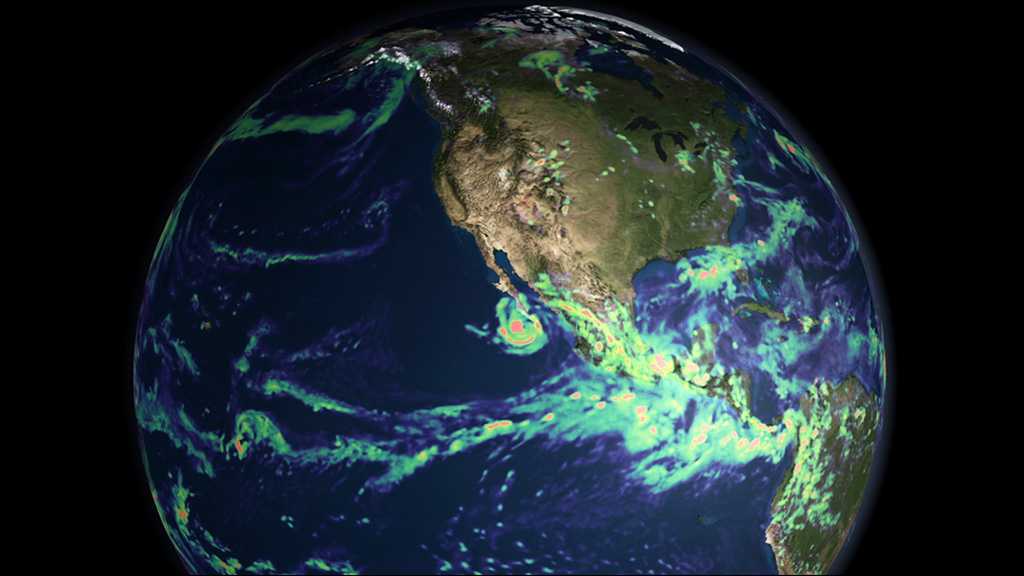
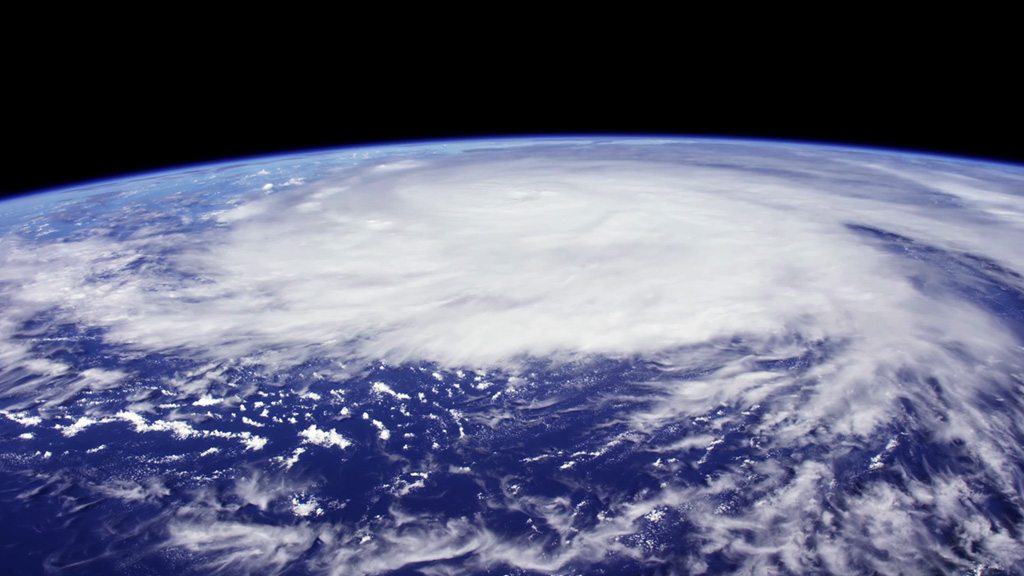
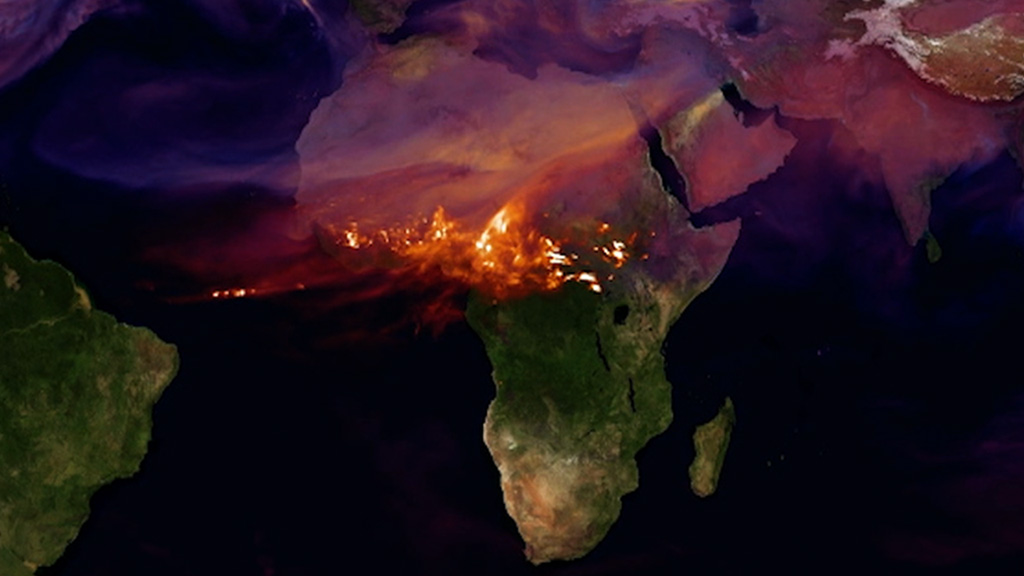
Observing El Niño




Related Stories
For More Information
Story Credits
Video Editor:
Sophia Roberts (USRA)
Interviewees:
Doug C. Morton (NASA/GSFC)
Mark Olsen (Morgan State University)
Narration:
Kayvon Sharghi (USRA)
Narrator:
Sophia Roberts (USRA)
Producers:
Kayvon Sharghi (USRA)
Sophia Roberts (USRA)
Videographers:
Rob Andreoli (Advocates in Manpower Management, Inc.)
John Caldwell (Advocates in Manpower Management, Inc.)
Lead Writer:
NASA Viz Team
Writers:
Ellen T. Gray (ADNET Systems, Inc.)
Kasha Patel (Wyle Information Systems)
Sophia Roberts (USRA)
Interviewees:
Doug C. Morton (NASA/GSFC)
Mark Olsen (Morgan State University)
Narration:
Kayvon Sharghi (USRA)
Narrator:
Sophia Roberts (USRA)
Producers:
Kayvon Sharghi (USRA)
Sophia Roberts (USRA)
Videographers:
Rob Andreoli (Advocates in Manpower Management, Inc.)
John Caldwell (Advocates in Manpower Management, Inc.)
Lead Writer:
NASA Viz Team
Writers:
Ellen T. Gray (ADNET Systems, Inc.)
Kasha Patel (Wyle Information Systems)
Please give credit for this item to:
NASA's Goddard Space Flight Center
Cover image courtesy of NOAA
NASA's Goddard Space Flight Center
Cover image courtesy of NOAA
Short URL to share this page:
https://svs.gsfc.nasa.gov/12114
Keywords:
SVS >> App
NASA Science >> Earth
https://svs.gsfc.nasa.gov/12114
Keywords:
SVS >> App
NASA Science >> Earth
